Bikaner Wool Weaves Glory from Indian Parliament to Global Markets
Bikaner, Rajasthan –
From the hallowed halls of the Indian Parliament to the high-end drawing rooms of America and Europe, the soft yet strong weave of Bikaner’s wool carpets has quietly established its dominance. What was once a modest, tradition-bound craft has now transformed into a globally recognised industry — a symbol of rural resilience, women’s empowerment, and India’s “Make in India, Go Global” vision.
Over the past decade, the Bikaner wool and handloom sector has recorded more than 25% growth, turning into a pillar of the district’s economy and providing sustainable livelihoods to thousands. Spread across 30+ villages and hamlets, this industry directly employs over 1.5 lakh people, including 40,000 women engaged in spinning wool yarn on Gandhi charkhas.
One such example is Bhadla village near Nokha, where over 80% of women are involved in wool spinning. For them, the charkha is not just a machine but a symbol of independence — a means to earn without leaving their homes, while keeping alive the traditions of Rajasthan.
The Scale of Production
Every day, two lakh kilograms of wool yarn are produced in Bikaner through a network of 150+ woollen units equipped with 250+ carding machines. This annual output, worth nearly ₹1,000 crore, is transformed into high-quality carpets that are shipped across continents.
Entrepreneurs from Bikaner recently made their mark at the Rajasthan Rising Global Investment Summit, signing MoUs worth over ₹20 crore in the handloom sector. While Jaipur and Beawar also have a presence in this trade, Bikaner remains the only district in Rajasthan where the wool industry operates on such a large, organised scale.
Prestige and Heritage
Bikaner’s contribution is not just economic — it’s also symbolic. The carpet laid in the Indian Parliament contains Bikaner wool yarn, a matter of pride for local artisans. “Bikaner has Asia’s largest wool market,” says Naresh Surana, adding that the district’s Magara Chonkla wool is regarded as the finest carpet wool in the world. Limited local availability means that wool is also imported from New Zealand, Africa, and Europe to meet demand.
Mohan SIpani, a young entrepreneur, proudly notes that this industry has aligned itself with PM Modi’s Make in India, Go Global vision. Workers’ welfare, education, and living standards remain a top priority, ensuring the backbone of this industry — its workforce — remains strong and skilled.
India’s Carpet Export Landscape
India exports carpets worth ₹12,000 crore annually, with Bhadohi contributing ₹5,000 crore, Panipat ₹2,500 crore, South India, Agra, Jaipur, and Kashmir about ₹500 crore each, and Bikaner accounting for ₹250 crore. Meerut exports ₹200 crore worth of carpets. The United States buys 50% of Indian carpets, while 25% go to Europe, with the rest spread across the Middle East and Asia.
Bikaner’s artisans are not limited to traditional designs. Today, they blend wool, polyester, nylon, silk, and jute to create hybrid carpets. These products are so finely finished that international brands sell them under their own labels — yet each carries the “Made in India” mark and production site details, ensuring the world knows where the magic begins.
भारत की संसद से लेकर अमेरिका-यूरोप तक बिछी बीकानेर की कालीन
बीकानेर, राजस्थान –
भारत की संसद के भव्य हॉल से लेकर अमेरिका और यूरोप के आलीशान ड्रॉइंग रूम तक, बीकानेर की ऊन से बुनी कालीनें आज एक वैश्विक पहचान बना चुकी हैं। कभी सीमित दायरे में रहने वाला यह परंपरागत उद्योग अब ग्रामीण आजीविका, महिला सशक्तिकरण और प्रधानमंत्री मोदी के “मेक इन इंडिया, गो ग्लोबल” विज़न का एक सशक्त प्रतीक बन गया है।
पिछले दशक में बीकानेर के ऊन और हथकरघा उद्योग ने 25 प्रतिशत से अधिक की ग्रोथ दर्ज की है। जिले के 30 से अधिक गांवों और ढाणियों में फैले इस उद्योग में डेढ़ लाख से अधिक लोग सीधे जुड़े हैं, जिनमें 40 हजार महिलाएं गांधी चरखे पर ऊन कातने का कार्य करती हैं।
नोखा के पास भादला गांव में तो 80 प्रतिशत महिलाएं इस काम में सक्रिय हैं। उनके लिए चरखा महज एक उपकरण नहीं, बल्कि आत्मनिर्भरता का साधन है, जो उन्हें घर बैठे आय और सम्मान दोनों दिला रहा है।
उत्पादन का विशाल पैमाना
बीकानेर में प्रतिदिन दो लाख किलो ऊनी धागे का उत्पादन होता है। यहां 150 से अधिक वूलन यूनिट्स और 250 से ज्यादा कार्डिंग मशीनें हैं। सालाना एक हजार करोड़ रुपए मूल्य का यह धागा उच्च गुणवत्ता वाली कालीनों में तब्दील होकर दुनियाभर के बाजारों में बिकता है।
हाल ही में राजस्थान राइजिंग ग्लोबल इन्वेस्टमेंट समिट में बीकानेर के उद्यमियों ने 20 करोड़ रुपए से अधिक के एमओयू साइन किए। हालांकि जयपुर और ब्यावर में भी यह उद्योग है, लेकिन बीकानेर राजस्थान का इकलौता जिला है जहां यह बड़े और संगठित पैमाने पर फल-फूल रहा है।
सम्मान और विरासत
भारत की संसद में बिछी कालीन में भी बीकानेर की ऊन का इस्तेमाल हुआ है। नरेश सुराणा बताते हैं कि एशिया की सबसे बड़ी ऊन मंडी बीकानेर में है और यहां की मगरा चौंकला ऊन दुनिया की सर्वश्रेष्ठ कारपेट ऊन मानी जाती है। हालांकि इसकी उपलब्धता सीमित होने के कारण न्यूज़ीलैंड, अफ्रीका और यूरोप से भी ऊन आयात किया जाता है।
युवा उद्यमी मोहित सिपानी कहते हैं कि यह उद्योग प्रधानमंत्री के “मेक इन इंडिया, गो ग्लोबल” विज़न के अनुरूप आगे बढ़ रहा है। यहां के कारीगरों की शिक्षा, कल्याण और जीवन स्तर को सुधारना इस इंडस्ट्री की प्राथमिकता है।
भारत का कालीन निर्यात परिदृश्य
भारत से हर साल औसतन 12 हजार करोड़ रुपए की कालीनें निर्यात होती हैं, जिनमें भदोही से 5,000 करोड़, पानीपत से 2,500 करोड़, दक्षिण भारत, आगरा, जयपुर और कश्मीर से 500-500 करोड़ और बीकानेर से 250 करोड़ का योगदान है। मेरठ से 200 करोड़ की कालीनें विदेश जाती हैं। भारतीय कालीनों का 50 प्रतिशत अमेरिका और 25 प्रतिशत यूरोप में निर्यात होता है।
आज बीकानेर के कारीगर ऊन, पॉलिएस्टर, नायलॉन, सिल्क और जूट को मिलाकर हाइब्रिड कालीन बना रहे हैं। इन कालीनों की फिनिशिंग इतनी बेहतरीन है कि विदेशी कंपनियां इन्हें अपने ब्रांड टैग से बेचती हैं, लेकिन उस पर “मेड इन इंडिया” और बीकानेर का नाम दर्ज होता है।


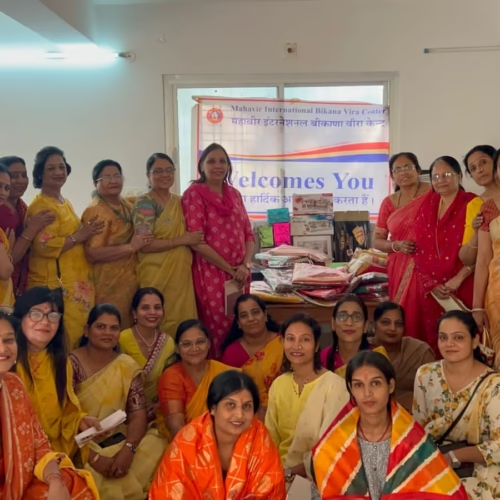
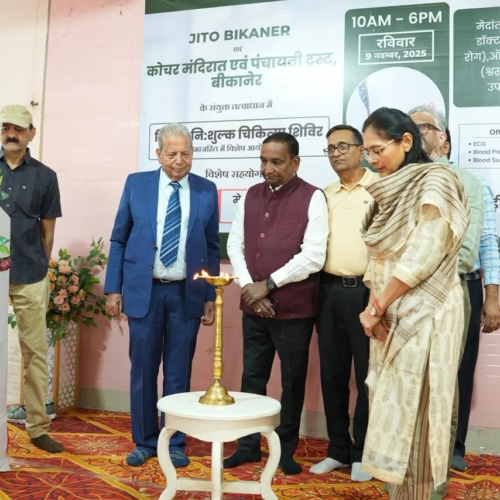


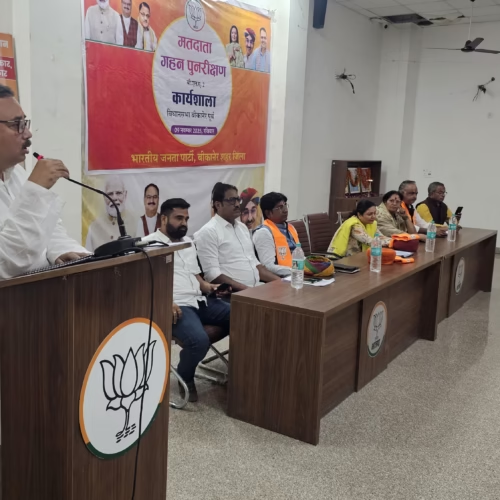
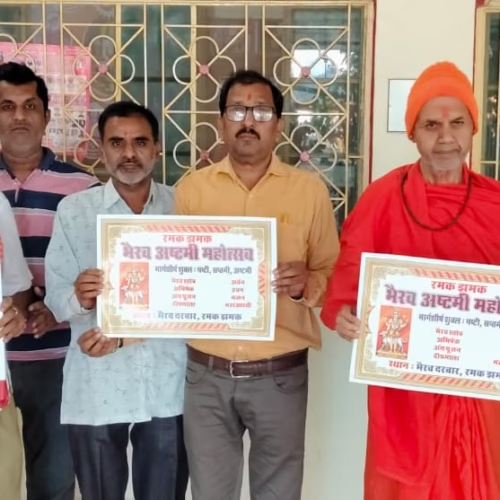
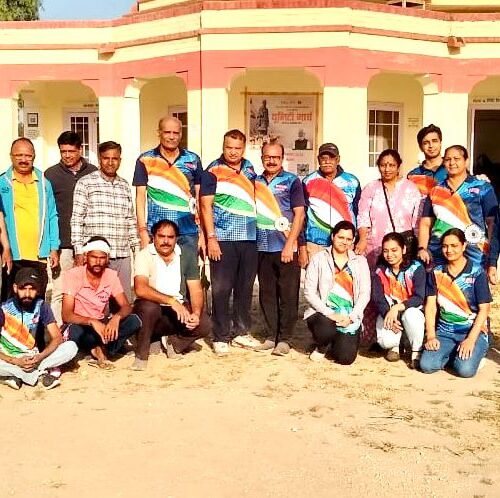
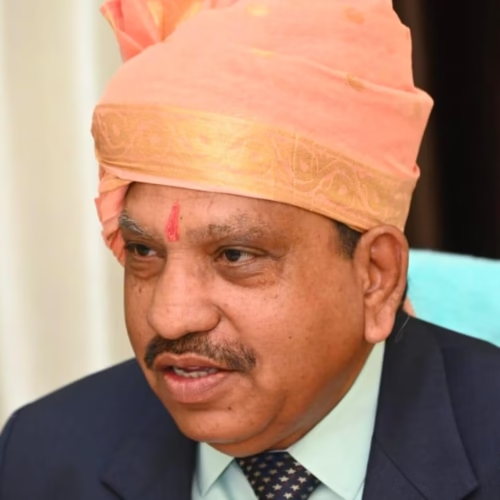
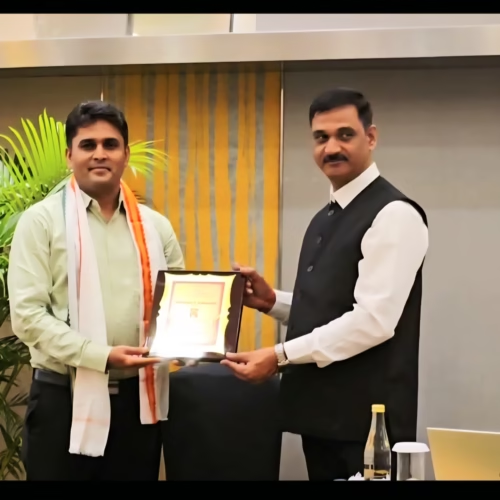








Add Comment